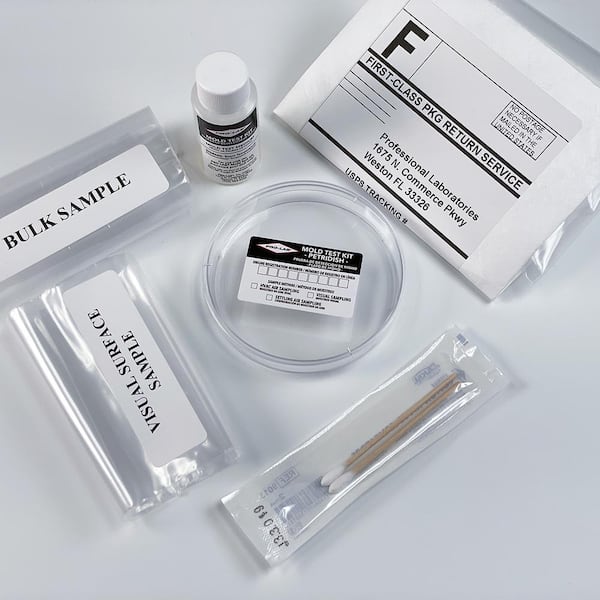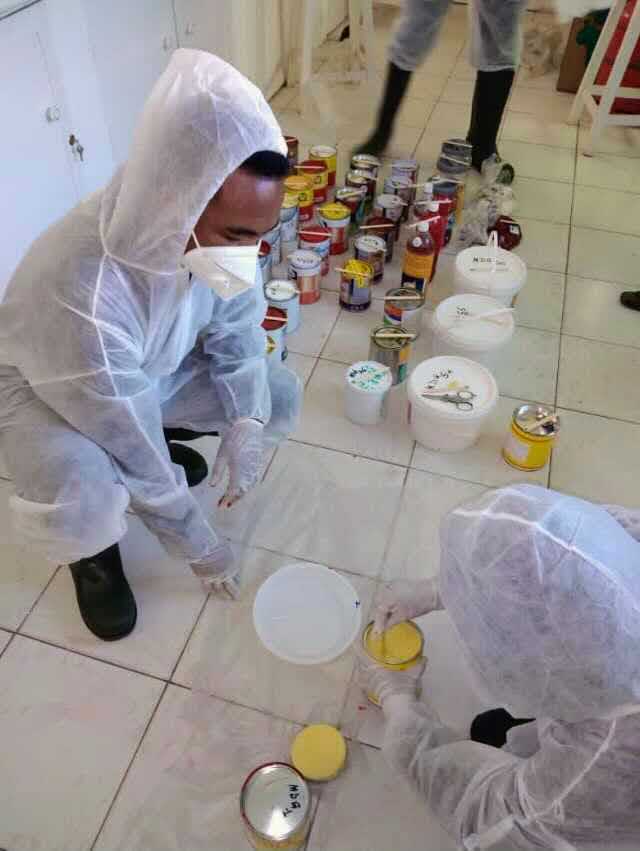Ensuring Compliance With Rules: the Duty of Mycotoxin Testing in Quality Assurance
Guaranteeing compliance with strict regulations is critical for preserving food security, and the function of mycotoxin testing in quality assurance can not be overstated. Mycotoxins, hazardous compounds produced by particular mold and mildews, position significant health risks, making their detection vital in food production. Adherence to regulative standards, such as those established by the FDA and EU, requires durable testing techniques and technologies to determine and quantify these impurities. By implementing extensive testing procedures, companies can protect against prospective wellness crises, avoid pricey recalls, and preserve consumer depend on. The complexities of these screening procedures increase vital concerns concerning their efficiency and efficiency.
Recognizing Mycotoxins
Understanding mycotoxins is essential to making certain the high quality and safety of agricultural items. Mycotoxins are harmful second metabolites generated by particular varieties of fungis, generally located in foods such as grains, spices, and nuts. These substances can emerge at various phases of the food manufacturing process, from pre-harvest to storage space, and present substantial health risks to both animals and humans (Mycotoxin testing Services). One of the most infamous mycotoxins consist of aflatoxins, trichothecenes, fumonisins, and ochratoxins, each connected with details fungal varieties and environmental problems.
The visibility of mycotoxins in food items can cause chronic and acute wellness problems, including liver damages, immune suppression, and carcinogenic results. Subsequently, their detection and quantification are essential components of top quality control in agricultural and food markets. The complexity of mycotoxin contamination demands a complex method, using advanced logical techniques such as fluid chromatography, mass spectrometry, and enzyme-linked immunosorbent assays (ELISA) By comprehending the resources, types, and results of mycotoxins, stakeholders in the farming industry can much better implement preventative measures and minimize risks, ensuring safer consumption for end-users. This understanding forms the bedrock upon which effective mycotoxin monitoring methods are developed.
Regulative Specifications for Mycotoxins
Having established a fundamental understanding of mycotoxins and their effect on food safety and security, it is critical to examine the governing criteria governing their presence in agricultural products. Governing standards for mycotoxins are crucial because they define permissible limits, ensuring food safety and protecting public health. Various global and national companies have set these limits based upon extensive danger analyses.
The Codex Alimentarius Commission, a global body established by the FAO and WHO, offers guidelines and maximum allowable degrees for various mycotoxins in food and feed. The Codex has established limitations for aflatoxins in peanuts, maize, and dried figs, among other assets. These requirements are often adopted or adapted by individual nations to fit their particular needs.
In the European Union, Law (EC) No 1881/2006 stipulates optimum levels for numerous mycotoxins, such as aflatoxins, ochratoxin A, and deoxynivalenol, in numerous food items. The United State Food and Drug Management (FDA) has developed activity degrees for mycotoxins like aflatoxins in commodities such as grains and nuts.
Adherence to these regulative standards is essential for keeping market gain access to, customer count on, and public health. Non-compliance can bring about significant financial losses and health and wellness risks, highlighting the significance of rigorous mycotoxin screening procedures.
Testing Approaches and Technologies

ELISA is extensively appreciated for its quick and cost-efficient screening capabilities, making it excellent for high-throughput atmospheres. It counts on antibodies to identify certain mycotoxins, providing lead to a moved here relatively short time structure. Nevertheless, its level of sensitivity may be restricted compared to more innovative techniques.
HPLC, on the other hand, excels in supplying measurable analysis with high precision and precision. It divides complicated mixtures into specific elements, making it very effective for determining and quantifying multiple mycotoxins at the same time - Mycotoxin testing Services. This method, while more lengthy and resource-intensive than ELISA, uses a higher degree of dependability

LC-MS represents the pinnacle of analytical specificity and sensitivity. Integrating the splitting up power of fluid chromatography this link with the detection capacities of mass spectrometry, LC-MS can find also trace levels of mycotoxins. This approach is crucial for validating the existence of mycotoxins in forensic and governing contexts, making certain compliance with rigid safety and security criteria.
Implementing Examining Methods

Including these sophisticated testing techniques into an extensive quality assurance structure necessitates a well-structured method to carrying out screening protocols. To accomplish this, organizations have to initially carry out a thorough threat evaluation to identify possible mycotoxin contamination factors within the supply chain. This assessment notifies the growth of a customized testing approach that resolves details vulnerabilities.
Next, developing standardized tasting treatments is critical. Constant sampling makes sure that test outcomes are reliable and agent of the whole batch (Mycotoxin testing Services). Following standards from regulative bodies, such as the FDA or EFSA, helps maintain conformity and enhances the trustworthiness of the testing procedure
Training personnel is one more critical component. Team needs to excel in both example collection and the operation of screening tools. Regular training sessions and qualification programs can make certain that group participants stay upgraded with the most up to date strategies and regulatory changes.
Benefits of Mycotoxin Examining
Mycotoxin testing provides countless benefits that dramatically enhance the security and quality of food and feed products. Largely, it works as an important control measure to stop infected goods from reaching the consumer market, consequently safeguarding public wellness. By determining and evaluating mycotoxins such as ochratoxins, aflatoxins, and fumonisins, manufacturers can make certain that their items fulfill rigid regulative requirements, thus preventing potential lawful consequences and connected expenses.
In addition, mycotoxin testing adds to the financial feasibility of food and feed industries by reducing the danger of massive product recalls. The capacity to detect and separate infected sets early in the production procedure reduces waste and protects against the financial losses associated with damaged brand track record. Furthermore, it fosters customer count on and loyalty, as clients are progressively familiar with food security issues and demand better requirements.
The execution of routine mycotoxin testing Our site also promotes ideal techniques within agricultural and manufacturing industries. By sticking to strenuous screening protocols, companies can maximize their top quality control procedures, enhance functional performance, and make certain the constant production of risk-free, high-quality products. In conclusion, the benefits of mycotoxin testing are multifaceted, contributing to public health and wellness, economic stability, and sector honesty.
Final Thought
Mycotoxin testing is critical in making sure conformity with governing criteria, thus preserving food security and quality assurance. By methodically detecting dangerous mycotoxins, this method helps reduce health dangers, protect against legal consequences, and stay clear of economic losses linked with item remembers. Carrying out robust screening protocols promotes customer trust fund and confidence in food safety and security techniques, inevitably sustaining the stability and credibility of food organizations. Thus, mycotoxin screening stays an indispensable element of contemporary food safety monitoring systems.
Guaranteeing conformity with strict regulations is paramount for keeping food security, and the function of mycotoxin testing in high quality control can not be overemphasized.In the world of mycotoxin testing, progressed technologies and techniques are critical in making certain food safety and security and regulatory conformity.Mycotoxin screening uses countless advantages that dramatically enhance the safety and security and top quality of food and feed items.Mycotoxin screening is vital in ensuring compliance with regulatory criteria, therefore preserving food safety and security and high quality control. Therefore, mycotoxin testing remains a vital component of contemporary food security monitoring systems.